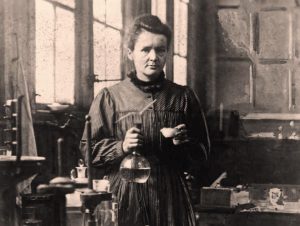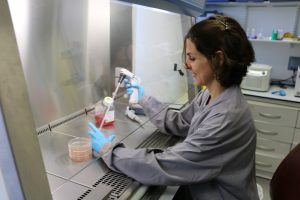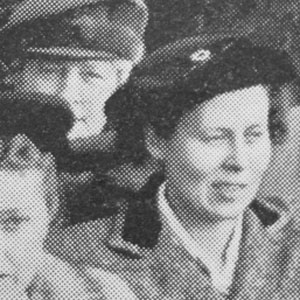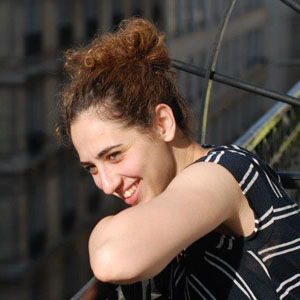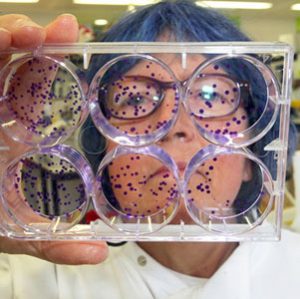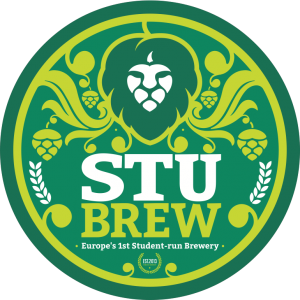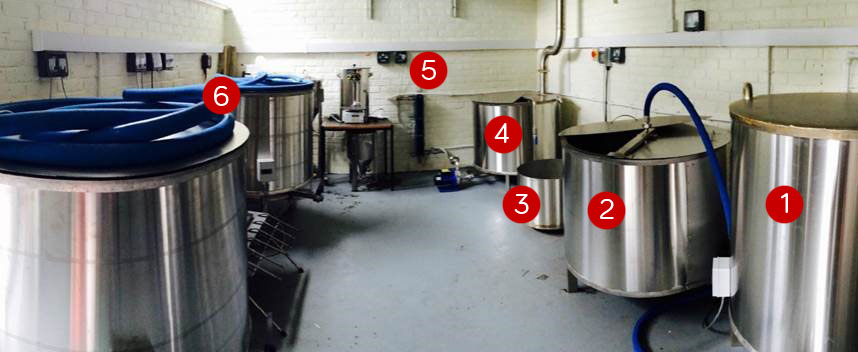As a student it can sometimes be difficult to effectively balance your studies with life outside University. In this blog post, stage 4 Chemical Engineering student Sophie Murta tells us about her experiences so far, and how she finds time to unwind.
I’m currently studying MEng Chemical Engineering as a stage 4 student. My main drivers when selecting a university were the staff. This was a huge draw of Newcastle as the staff were all really friendly and down to earth on the open days and this has continued during my time here. Everyone is happy to help whether it be academically or personally. The support in offer at Newcastle is great – not only from the staff but from fellow students also.
Stage 1 – I found stage one a great introduction to university life. The lectures and lab sessions were well structured and allowed the transition from school to university to be as easy as possible. I was also able to quickly make a good group of friends on the course as we would always have lectures together so spent a large proportion of our time together. The Chemical Engineering society was also a great way to make friends and settle in as advice from other students always helps. I always attended the society events as well which is a great way to relax with course mates and spend time together that is not work related.
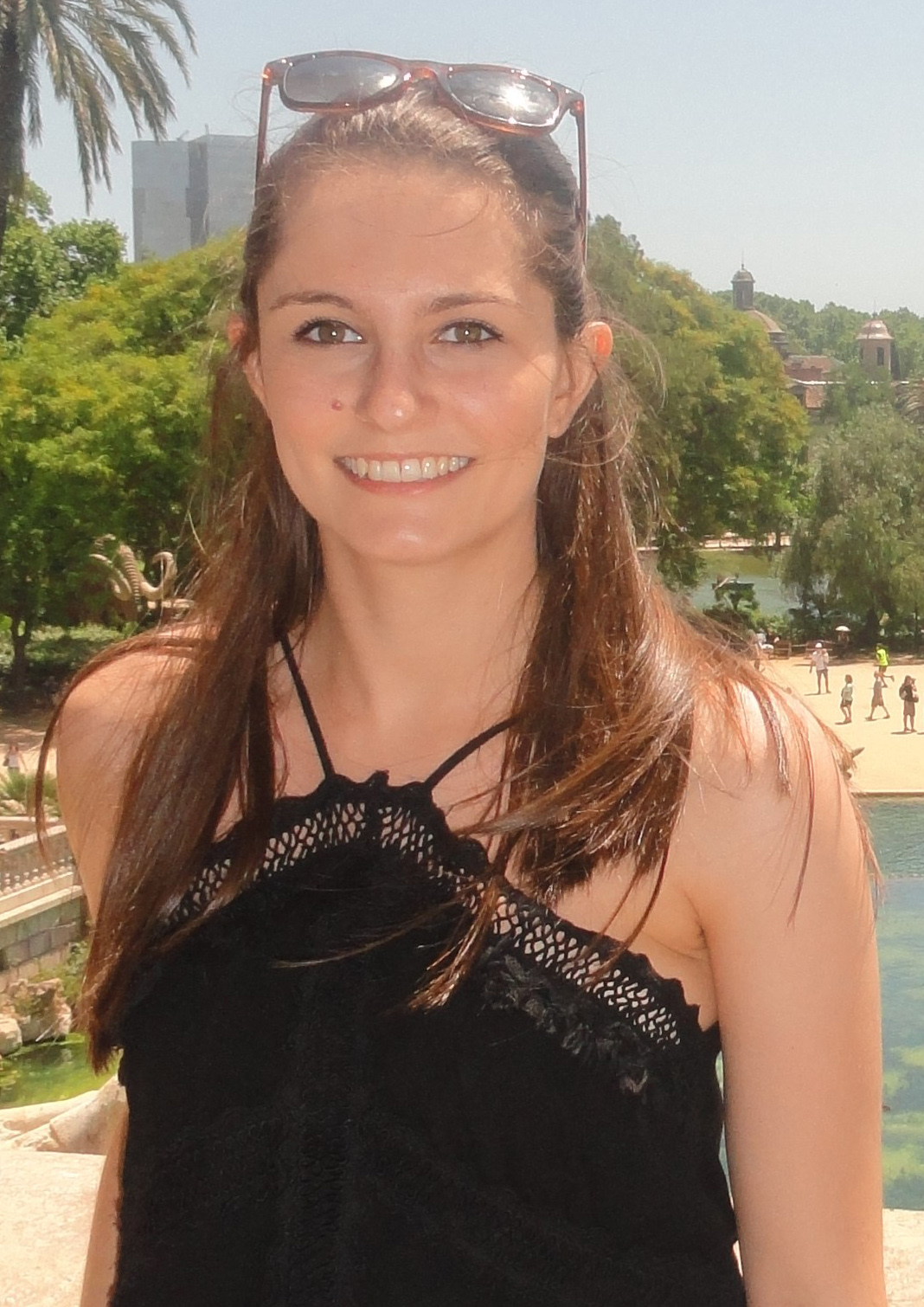
Stage 2 – I found stage 2 not too different from stage one as the structure was very similar – just a larger workload and some more chemical engineering content. The contact hours slightly drop due to fewer lab sessions and the higher level of independent study required for group assignments and individual work.
Stage 3 – I enjoyed this stage the most so far as I was able to combine the skills and theory I learnt to design a plant from scratch as part of a team and a unit operation in detail. This was a great way to see the standard and quality of work that would be carried out in industry and having one project to focus on that included so many different aspects was really interesting.
Stage 4 – In the masters year the course caters for further learning and specialisation. I chose the standard chemical engineering route with an optional module of process control. Not specialising allowed me to gain a broad understanding of each sector, which I found gave me flexibility when applying for jobs. The other main part of stage 4 is the research project which has allowed me to develop further lab and research skills as I have designed my own experiments and project, which I am able to dictate the direction of. This gives a sense of freedom and autonomy that I feel is preparing me well for the world of work.
To switch off from my course and work I like to get involved with a lot of things that Newcastle has to offer. My hobbies include participating in the student brewing society (StuBrew) which I have been involved in since stage 1. In stage 3 I was elected president of the society, which was a great experience as I was able to work with a fantastic team on a project we were all passionate about. I also enjoy watching sports, going to gigs and eating out with friends all things Newcastle is great for.
During my time at university I have had many part time jobs, from working as a student ambassador at the university to working in bars and restaurants. I have mainly taken these over the summer to allow me to focus on studies during the academic year.
I manage my time by trying to treat my course like a job – I will work 9-5 on weekdays which allows me evenings and weekends to relax or to catch up if I need any additional study time. This allows me to switch off from work and allocate my free time to socialising or other hobbies and interests.
Find out more about Newcastle University’s Chemical Engineering courses here.

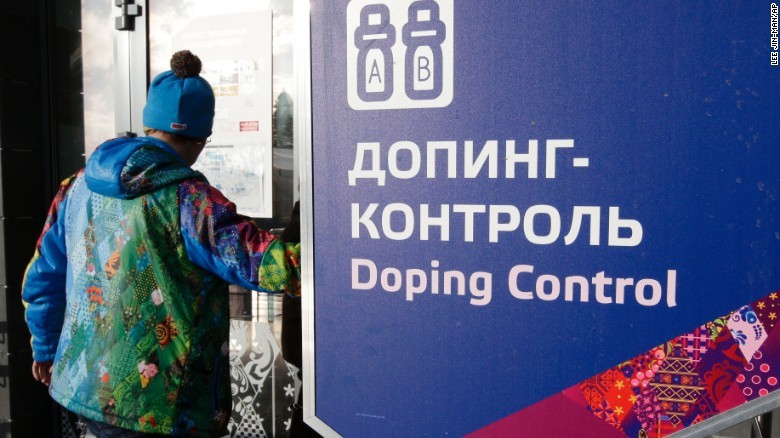

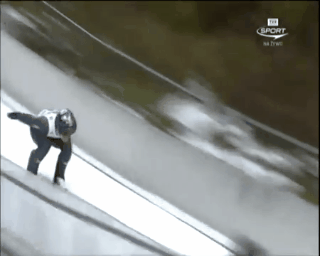
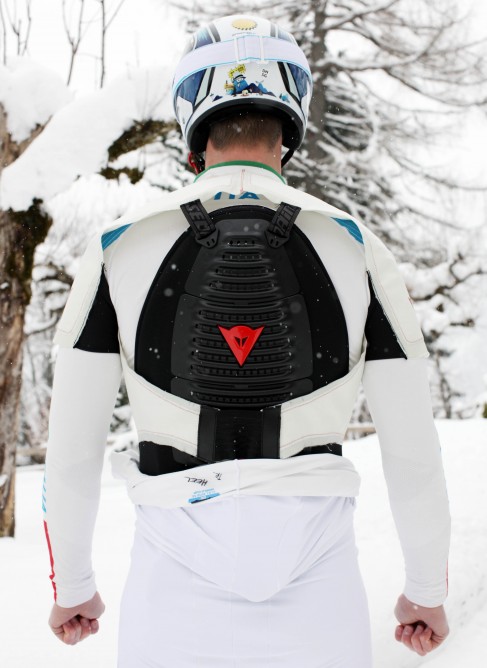



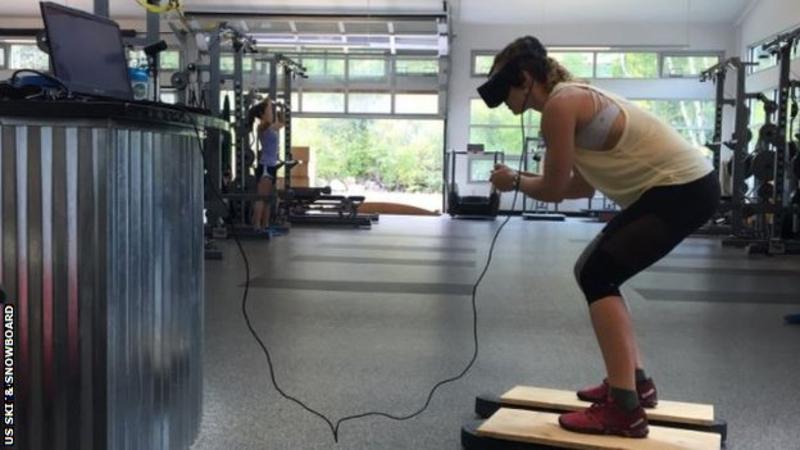

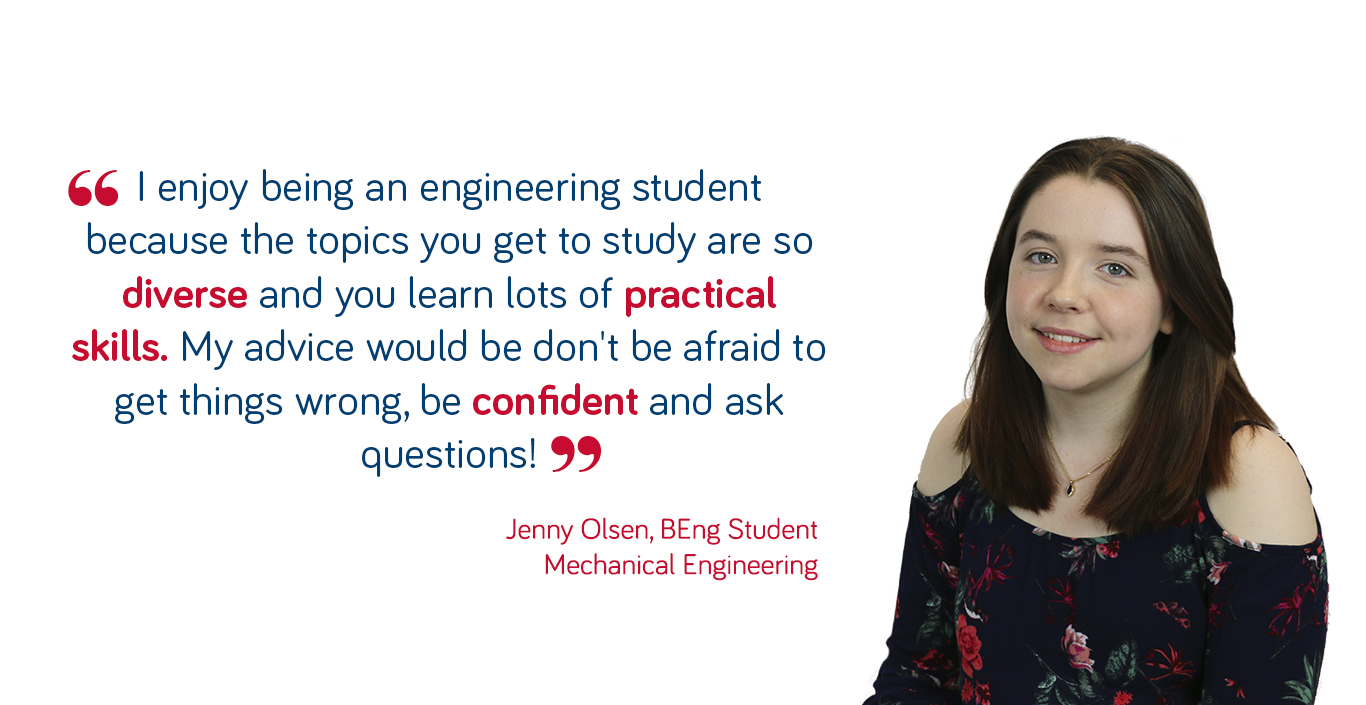
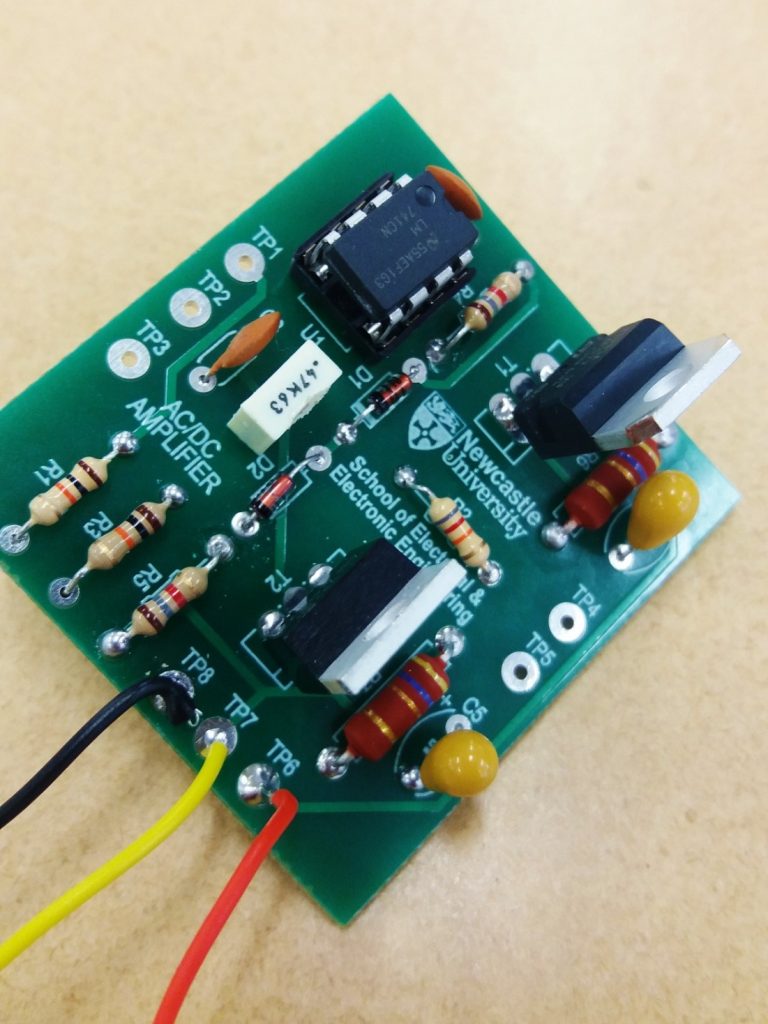
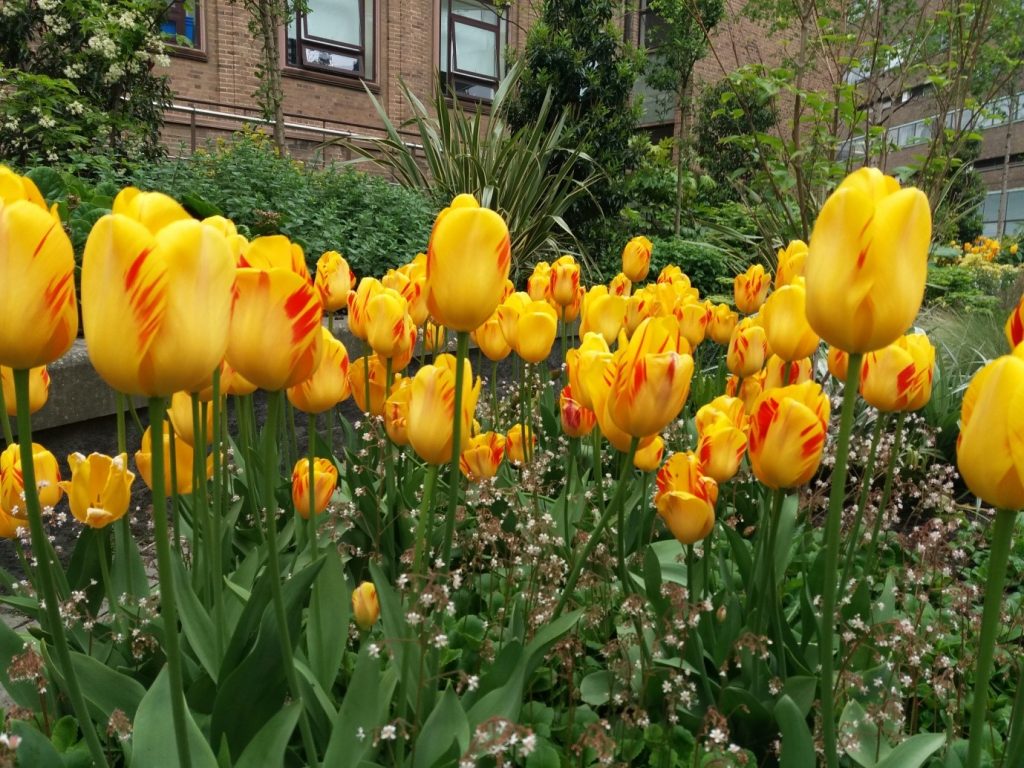
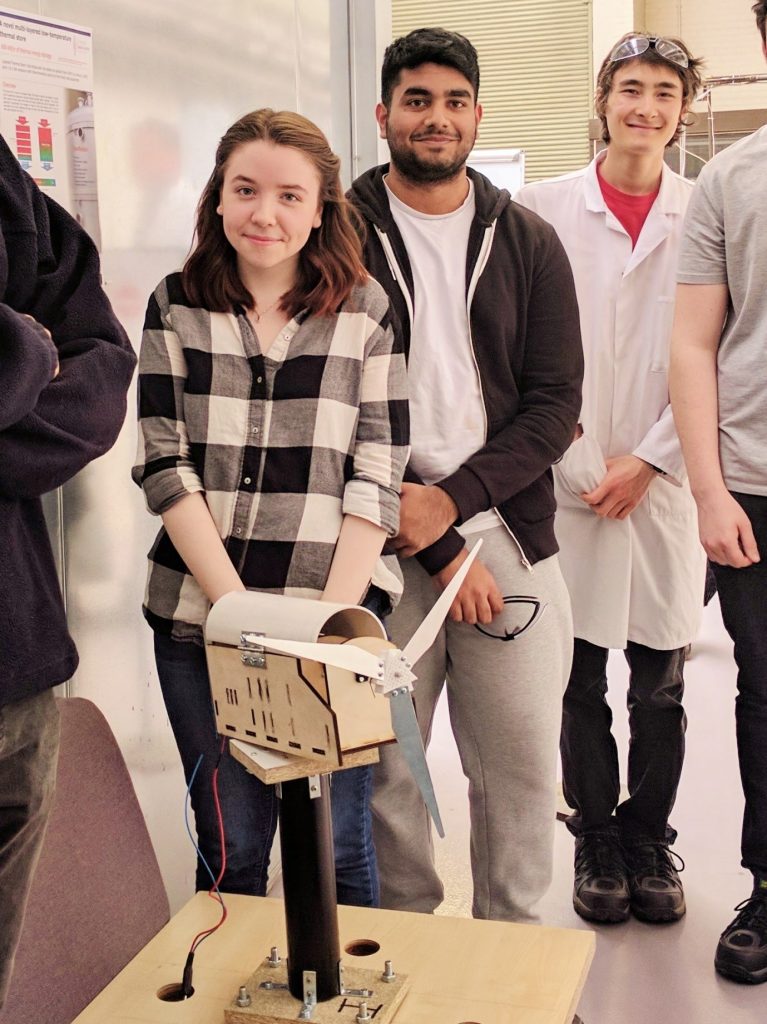
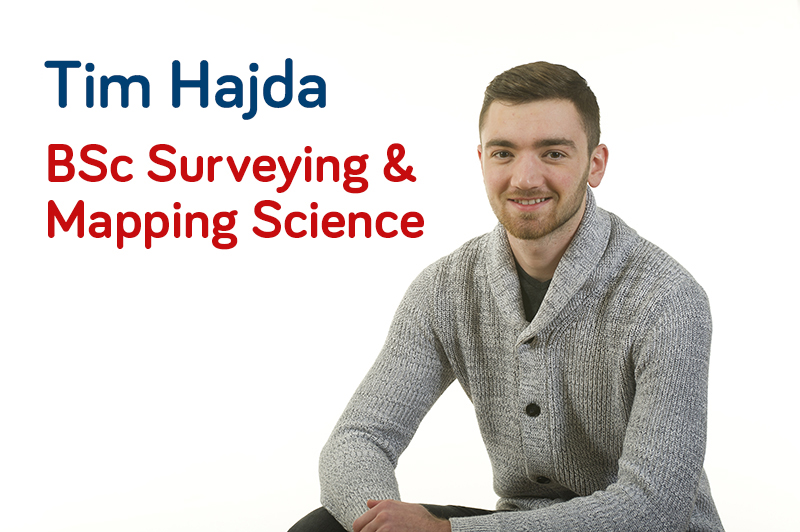



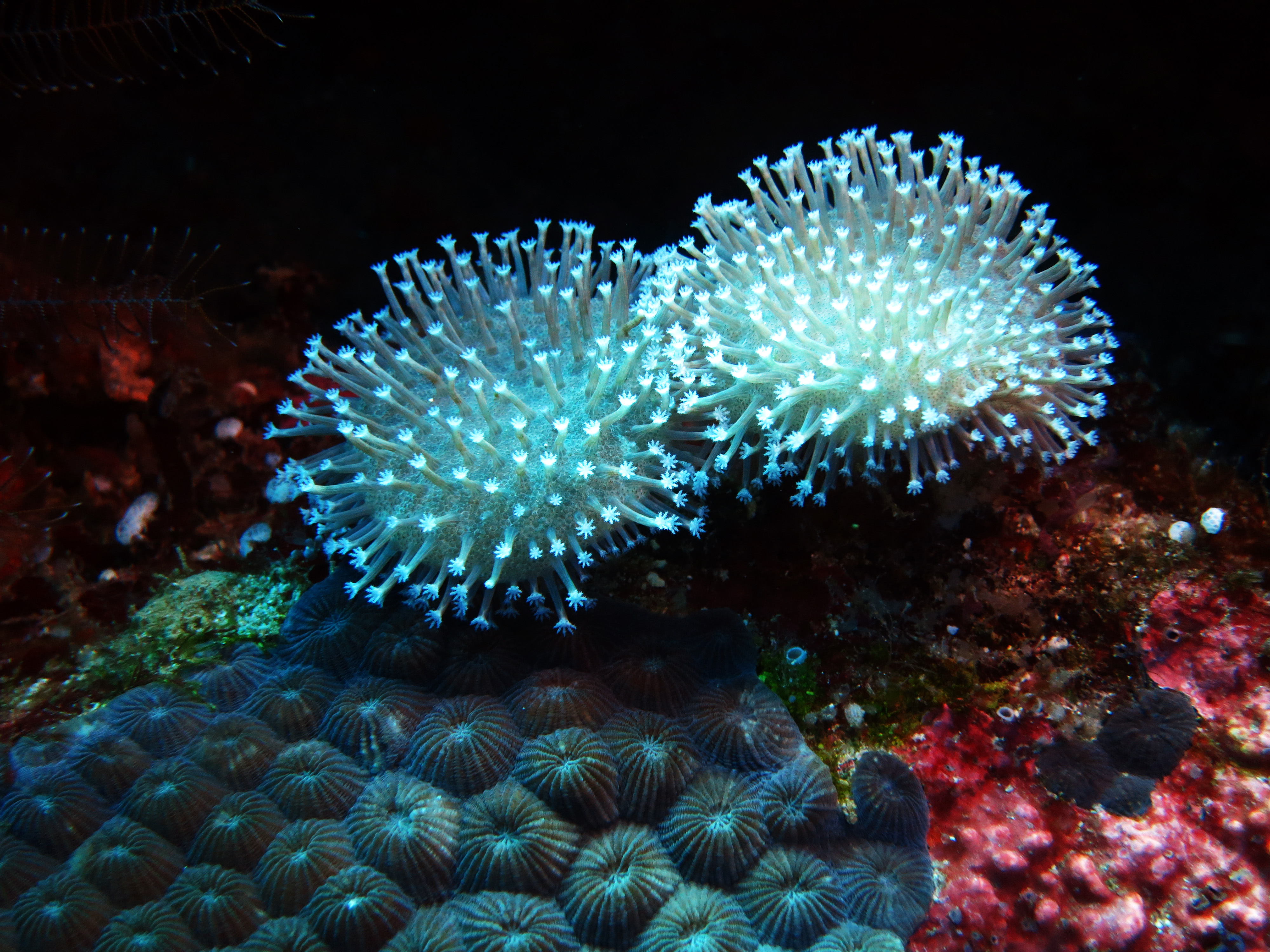
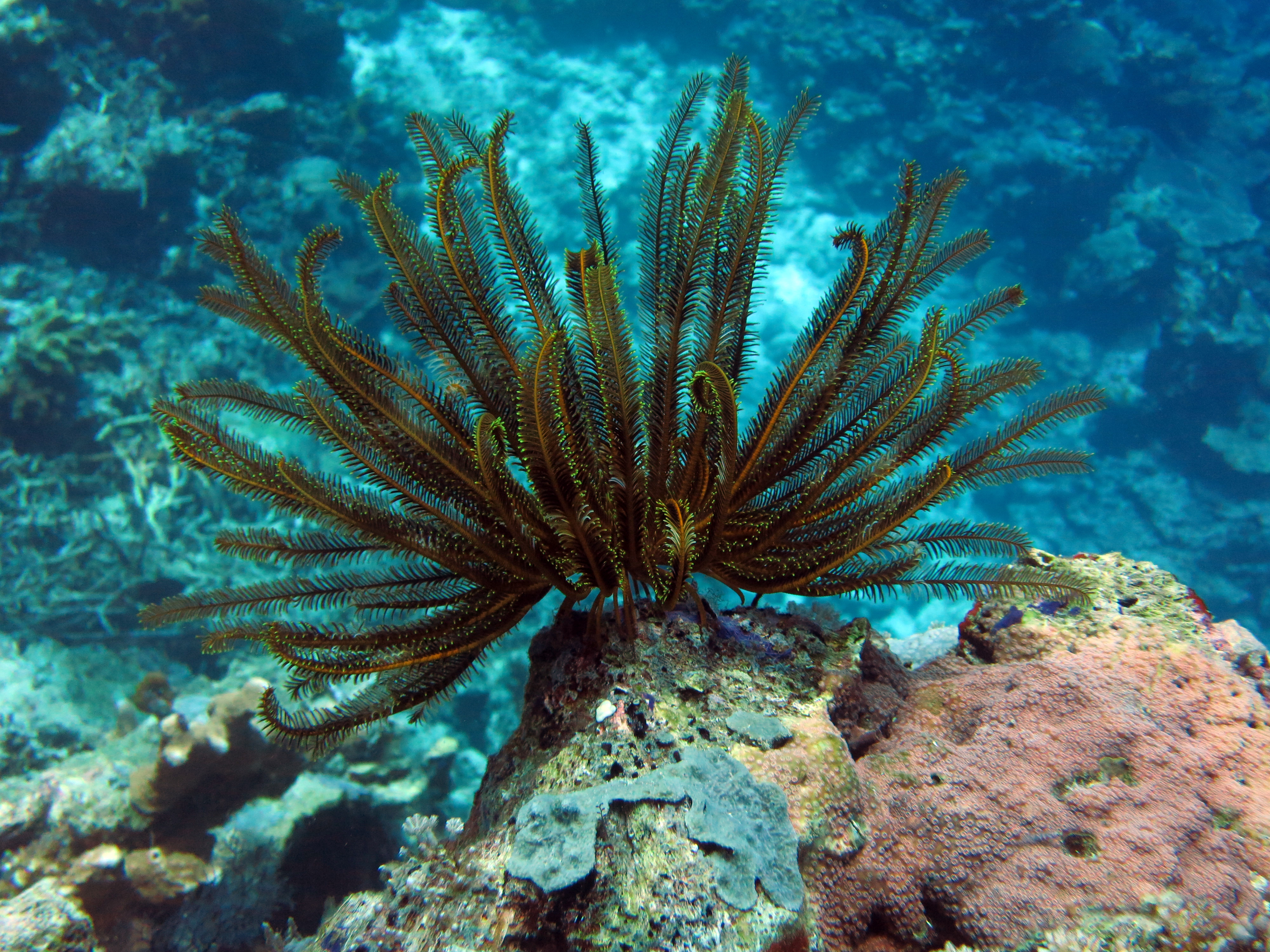 Beautiful, bright coral reefs provide homes for an array of creatures such as this crinoid. Photos by Tim Dixon.
Beautiful, bright coral reefs provide homes for an array of creatures such as this crinoid. Photos by Tim Dixon.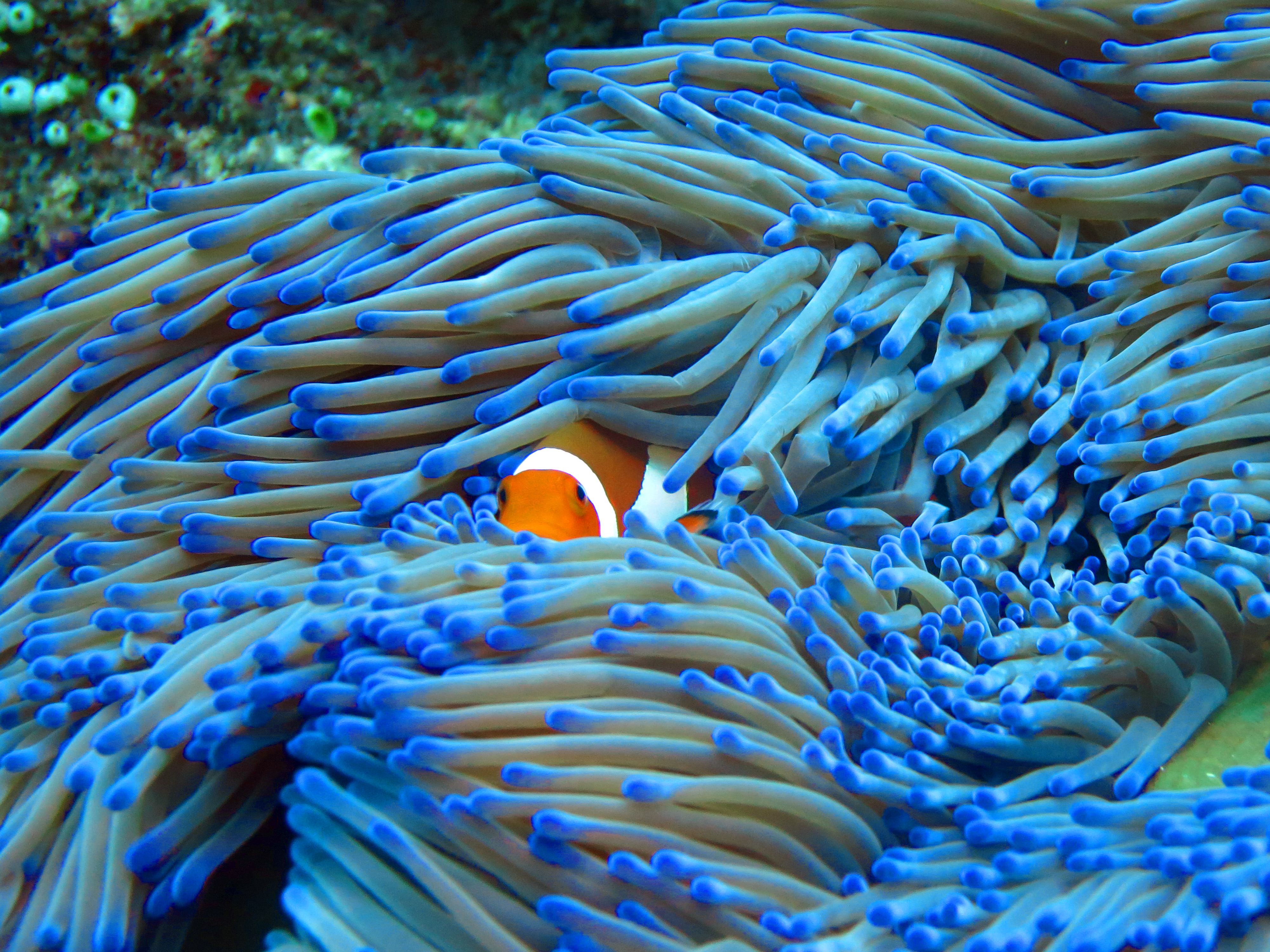 A clown fish peeks out from a sea anemone attached to a coral reef. Photo by Tim Dixon.
A clown fish peeks out from a sea anemone attached to a coral reef. Photo by Tim Dixon.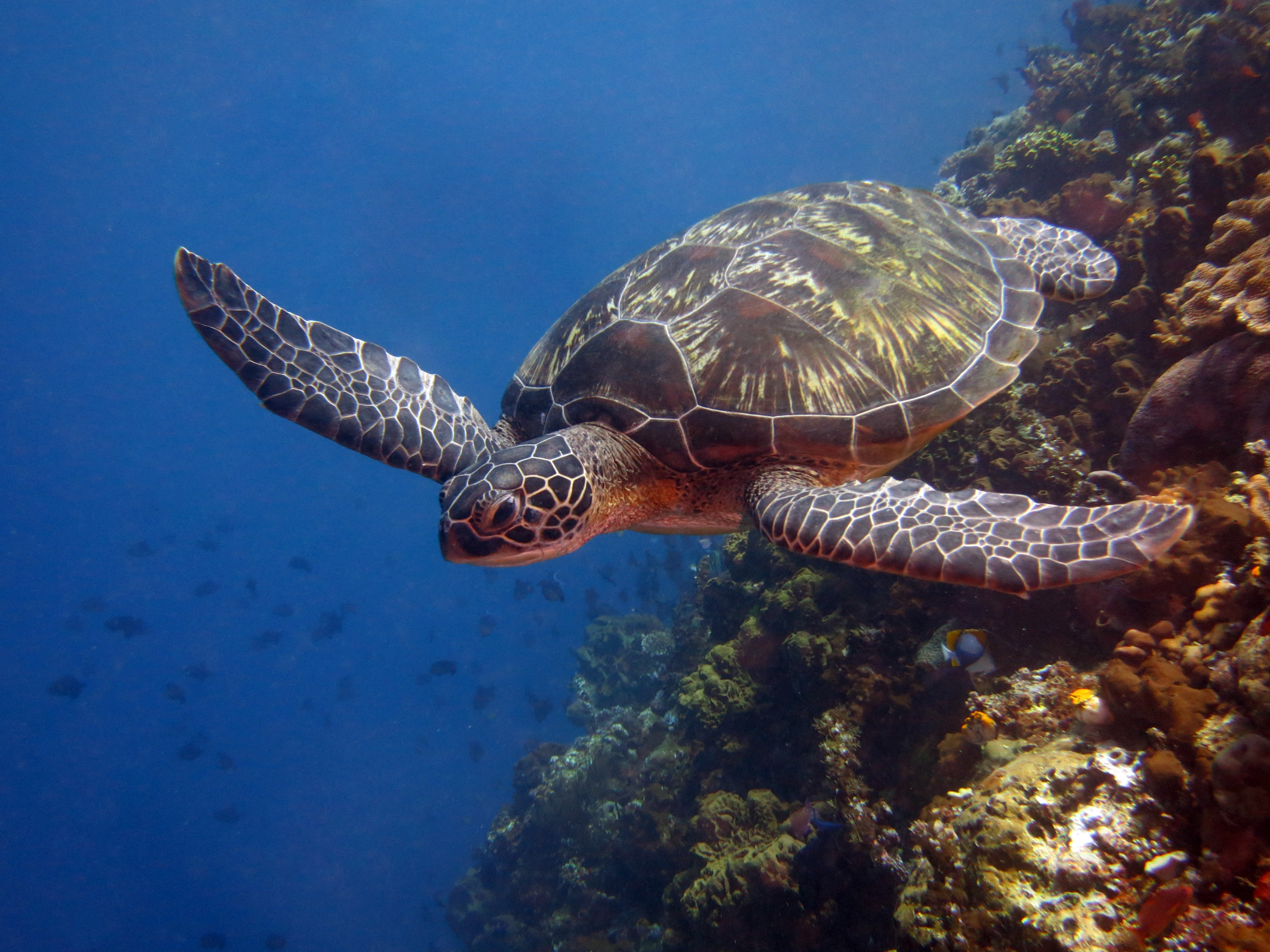
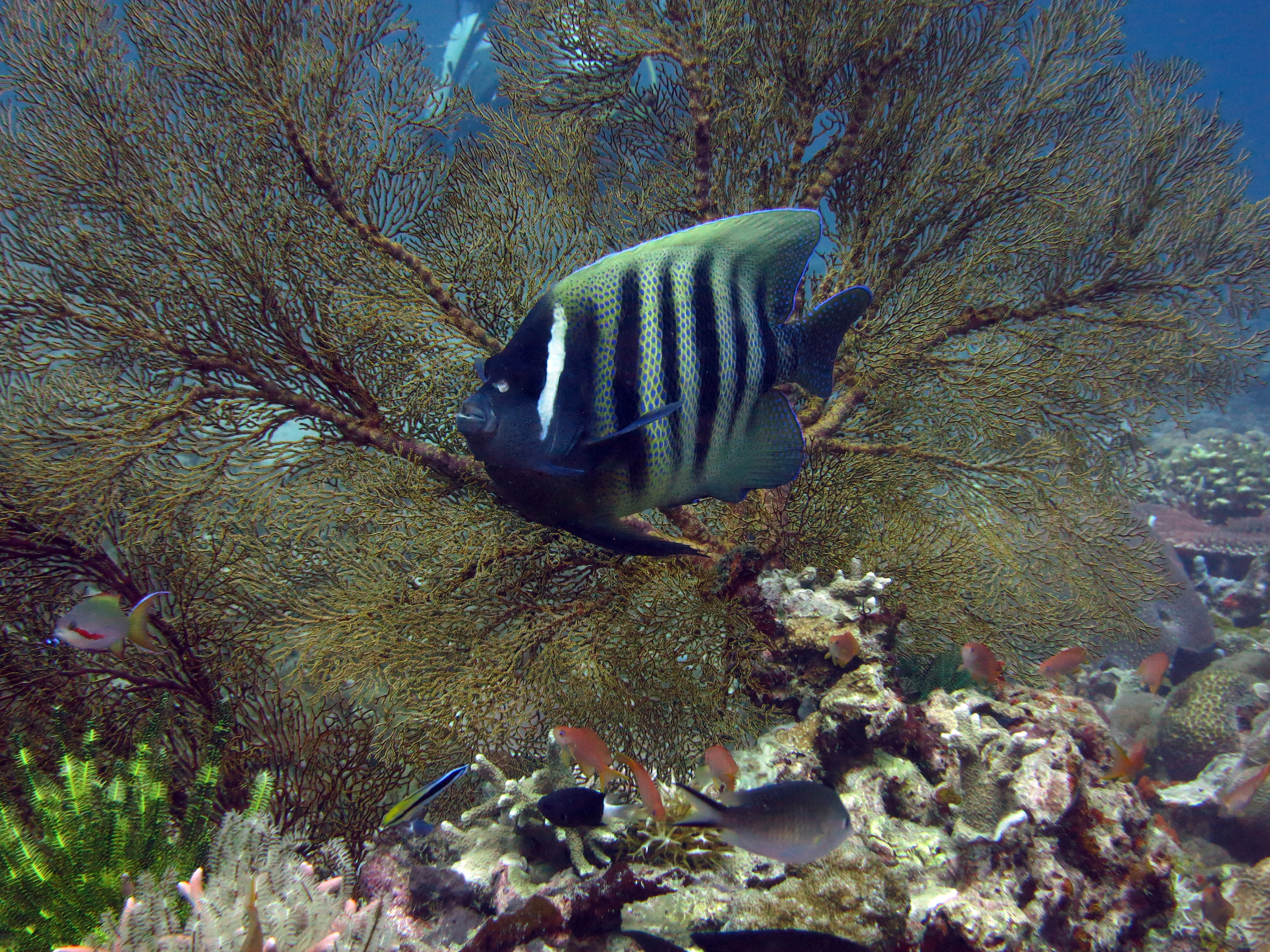 Coral reefs support the livelihood of a huge array of creatures. Photos by Tim Dixon.
Coral reefs support the livelihood of a huge array of creatures. Photos by Tim Dixon. 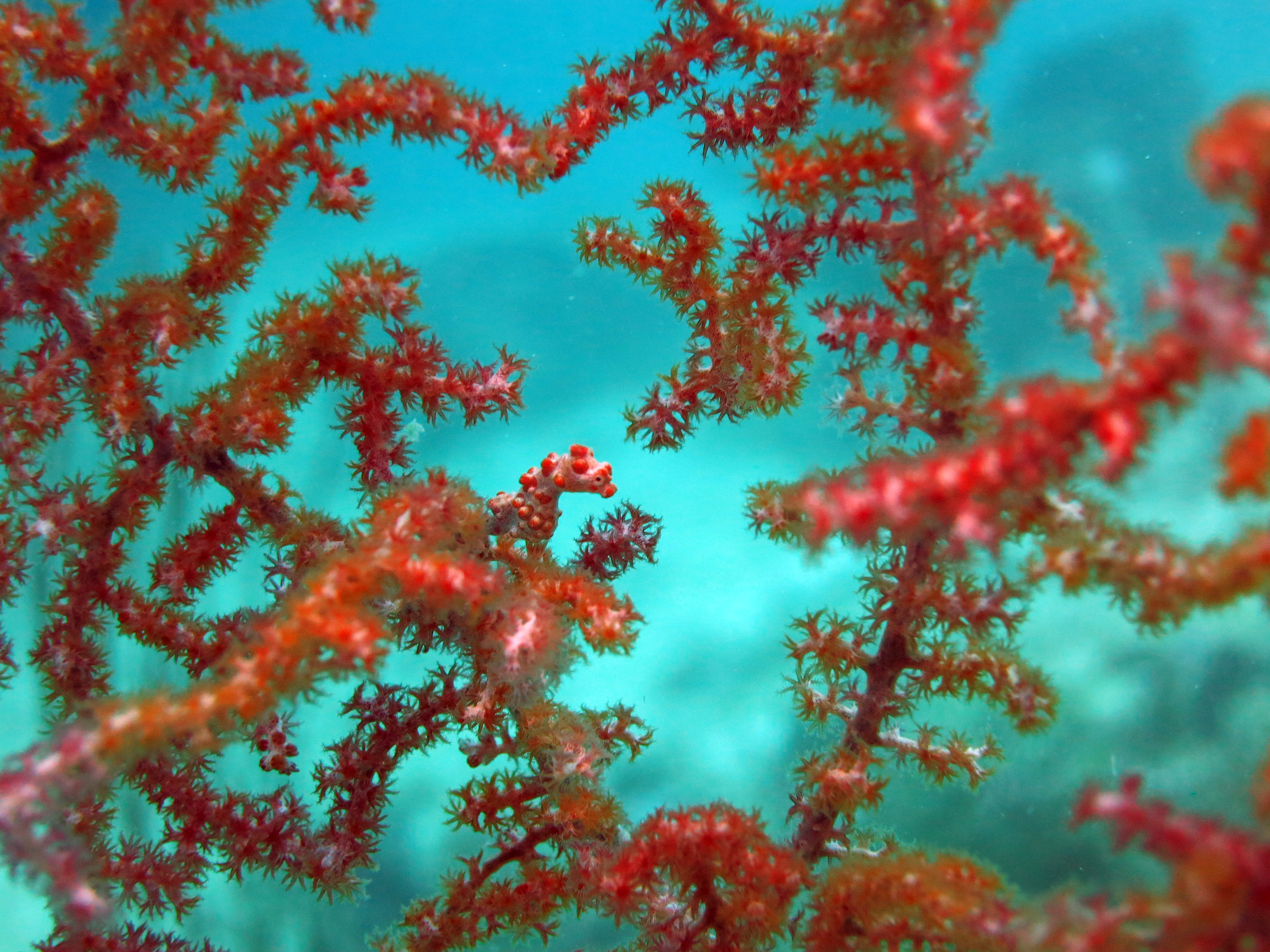 A pygmy seahorse camouflaged among the coral. Photo by Tim Dixon.
A pygmy seahorse camouflaged among the coral. Photo by Tim Dixon. 